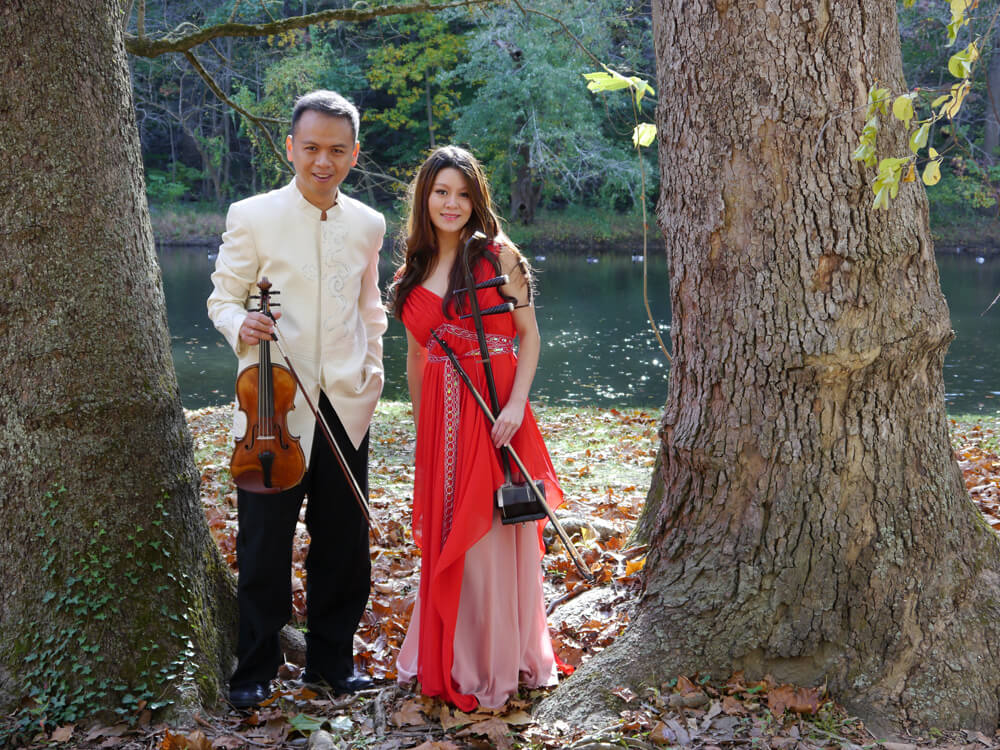The following season will take 6-wire around the globe with performances of a commissioned triple concerto promoting world peace entitled “Beyond These Borders”, by American composer Mark Hagerty. violinist Xiang Gao, erhu artist Cathy Yang, percussionist Chen Zimbalista, and the University of Delaware orchestra under James Anderson, and for the people in China who, by coming to this concert, show their interest in the music of the world.
The five-movement multipurpose concerto is designed for many types of orchestral engagements. It can be performed as a 10 to a 20-minute educational event or the full 30-minute concert version. The concerto’s world premiere will take place during 6-wire’s tour of six major cities in China in 2018 with the University of Delaware Symphony under conductor James Allen Anderson, featuring the world-renowned Israeli percussionist and conductor Chen Zimbalista as a collaborating soloist. The concerto tour will be followed by a performance with the Jerusalem Symphony Orchestra in Israel under Mr. Zimbalista.
“Borders” here connote both the physical horizon, the edge of what we can perceive, and an internal horizon, the limits of our awareness and understanding. “Beyond” suggests that we can transcend the limitations of our geography and traditions to explore and embrace ideas, culture, and people outside our daily experience. To evoke cultures around the world, we are using an unusual combination of instruments, including the western violin, the Chinese erhu and opera gongs, and the marimba, which comes to us from Africa via South America. But the music is not specifically Latin, or Chinese, or any other specific culture. Rather, it attempts to unify and thus illustrate commonality and unity.
“Call of Spirit” is an exhortation, drawing on our common human spirit. Though it begins and ends with a rousing invocation, the center of the piece is more contemplative and mysterious—musing on our deep and inexplicable connections.
“Inner Landscape” begins with a simple sketch of a tranquil nature scene. Our gaze turns inward, where passion and turmoil sometimes dominate. We can return to soothing nature, but with a different perspective.
“Time Zone Mosaic” is a scherzo inspired by travel and the mix of impressions that confront the traveler—stimulating, sometimes confusing (especially when outside one’s time zone), enriching, and ongoing. The percussion solo toward the end of the piece is a chance for the soloist (a world traveler) to improvise.
“Time After Time” refers to the repeating ideas in this section but also to an imagined time after (or before, or during) time as we experience it in our daily lives—organized, measured, rapid, and sometimes oppressive—an imagined time that transcends schedules and purpose, progress and decay.
“Beyond These Borders” is an energetic and optimistic celebration.

